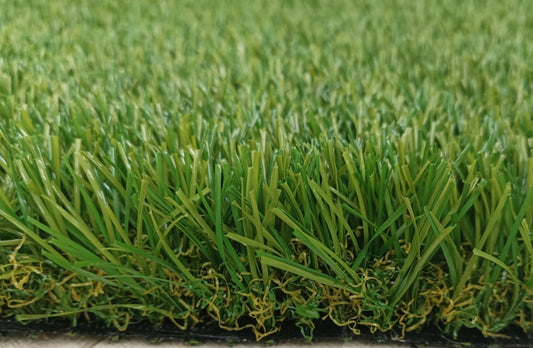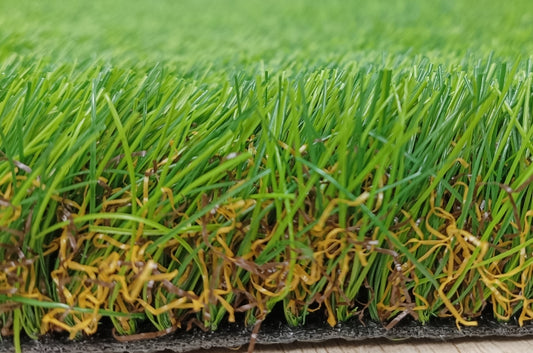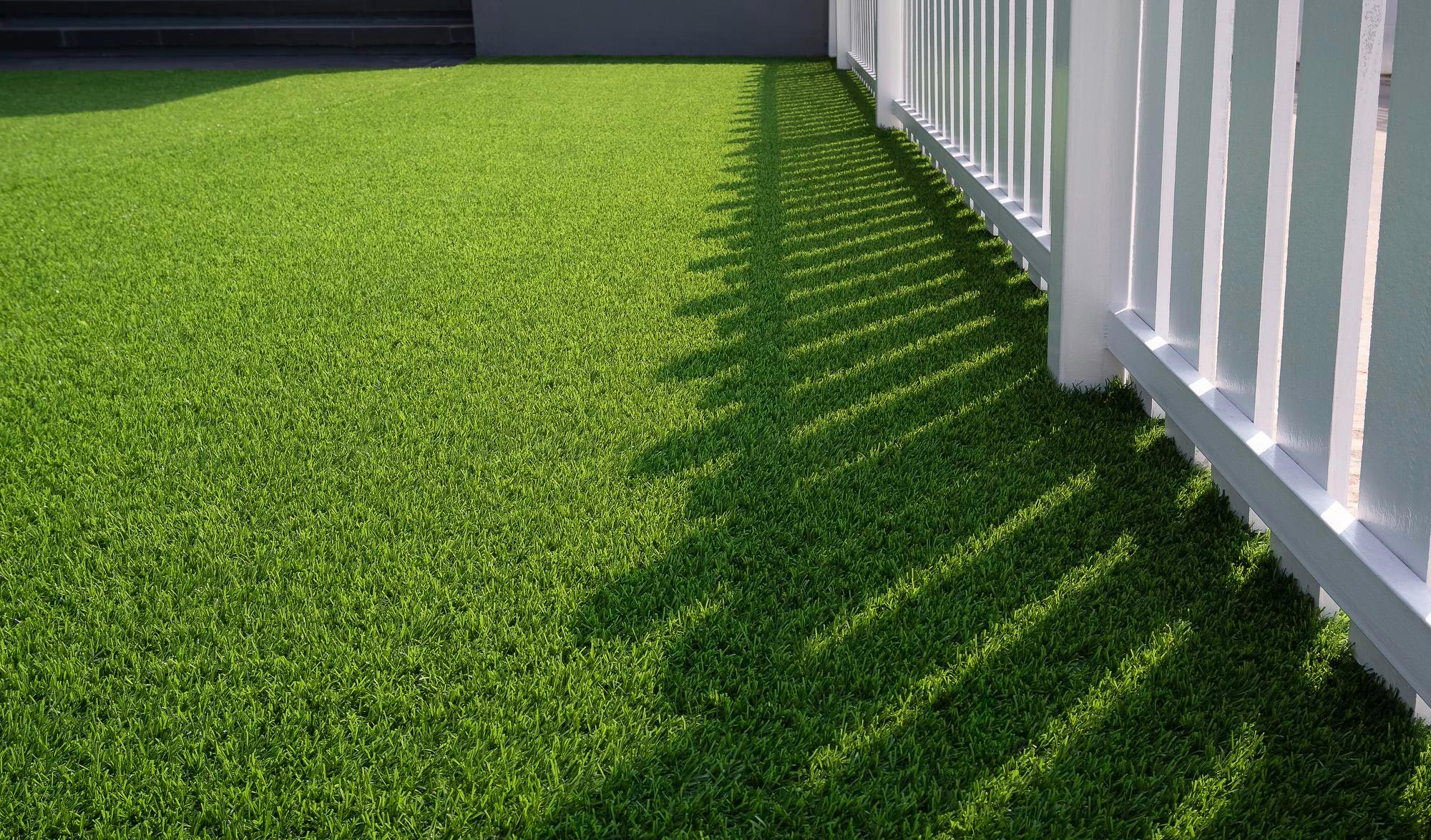
Artificial Grass: A Modern Choice for Savings and Sustainability.
No more, expensive maintenance !!
-
Brickell 1.18 inch ( 30mm )
Regular price From $2.00Regular priceUnit price / per$4.20Sale price From $2.00Sale -
Doral 1.57 inch ( 40mm ) with PU
Regular price From $2.25Regular priceUnit price / per$3.50Sale price From $2.25Sale
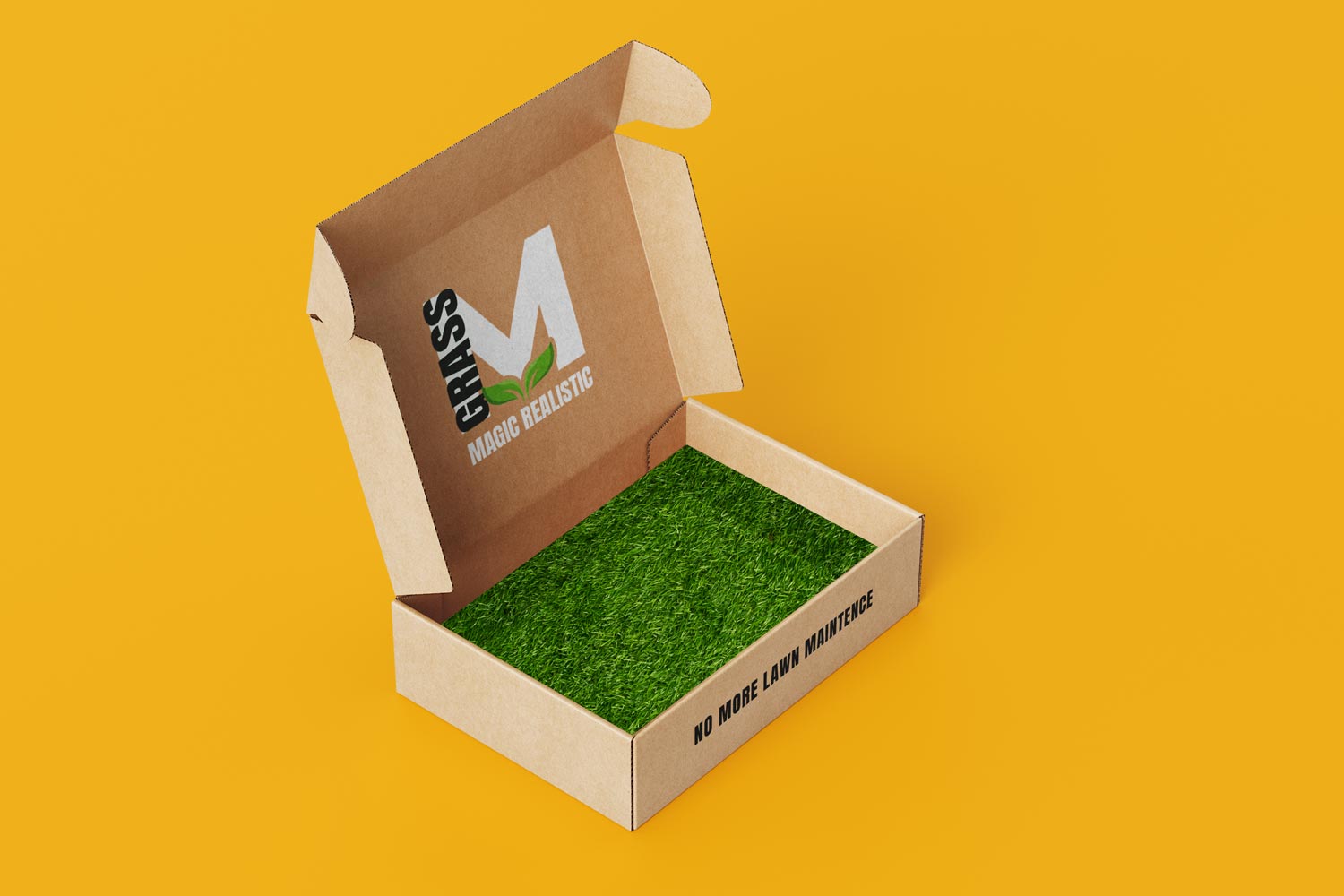
PASTS PROJECTS
-
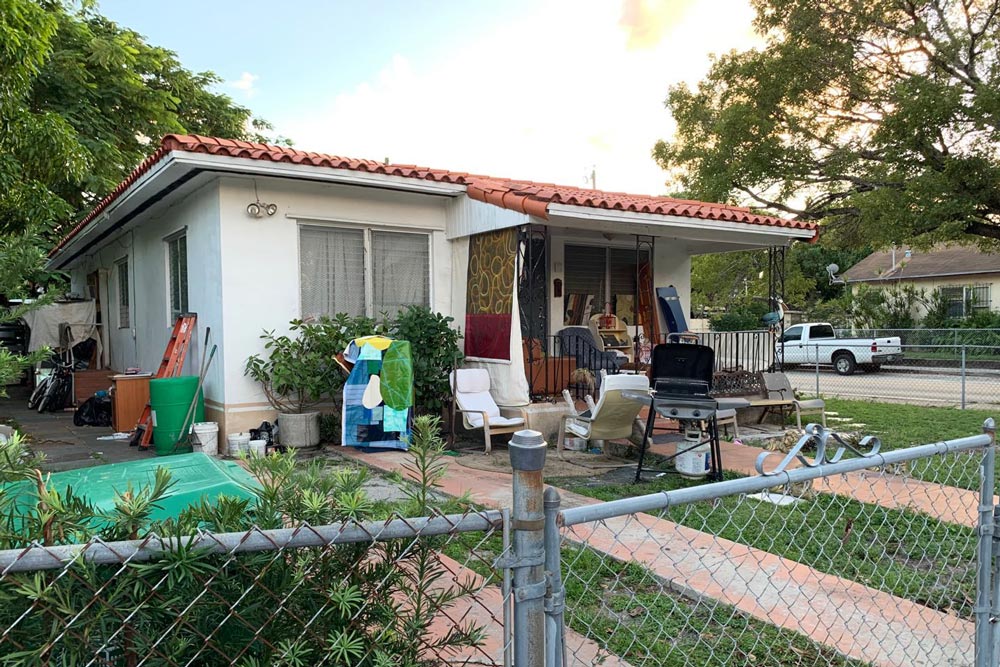
BEFORE
90 NW 33rd St, Miami, FL 33127
-
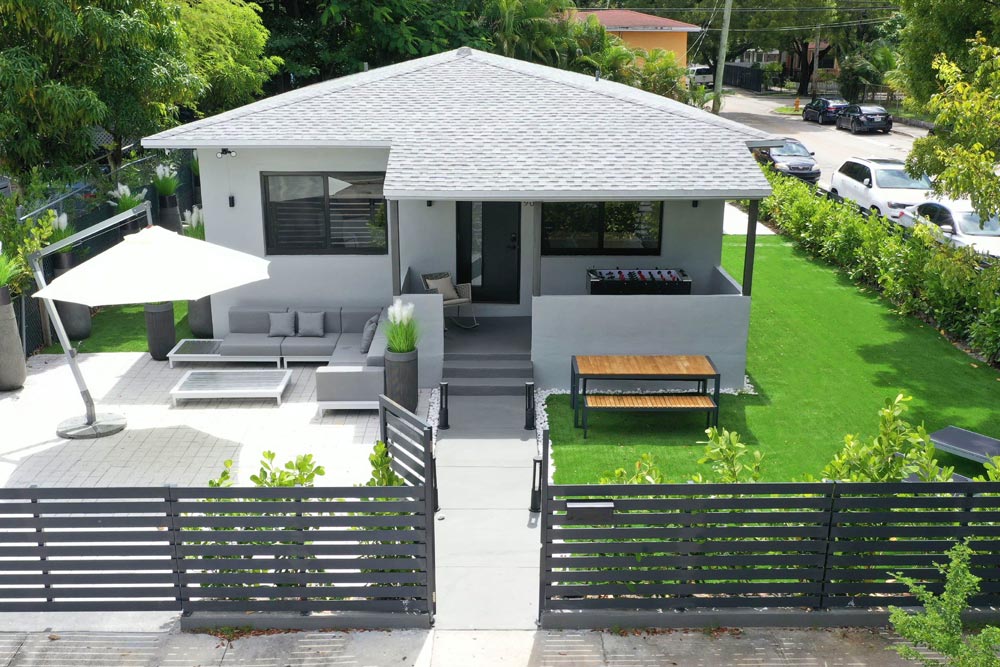
AFTER
90 NW 33rd St, Miami, FL 33127
-
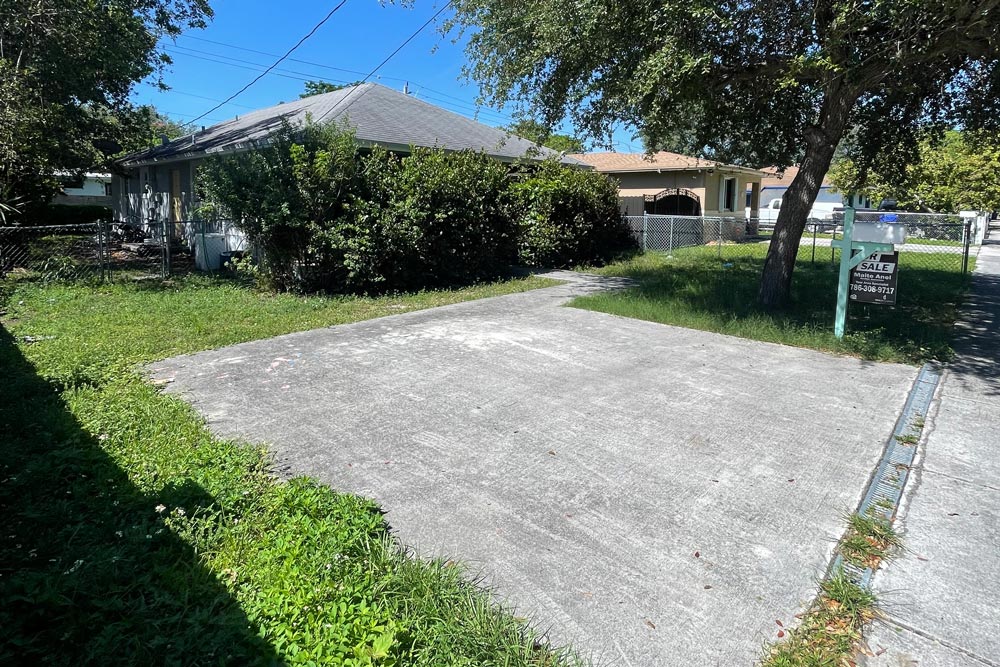
BEFORE
270 NW 41st St, Miami, FL 33127
-
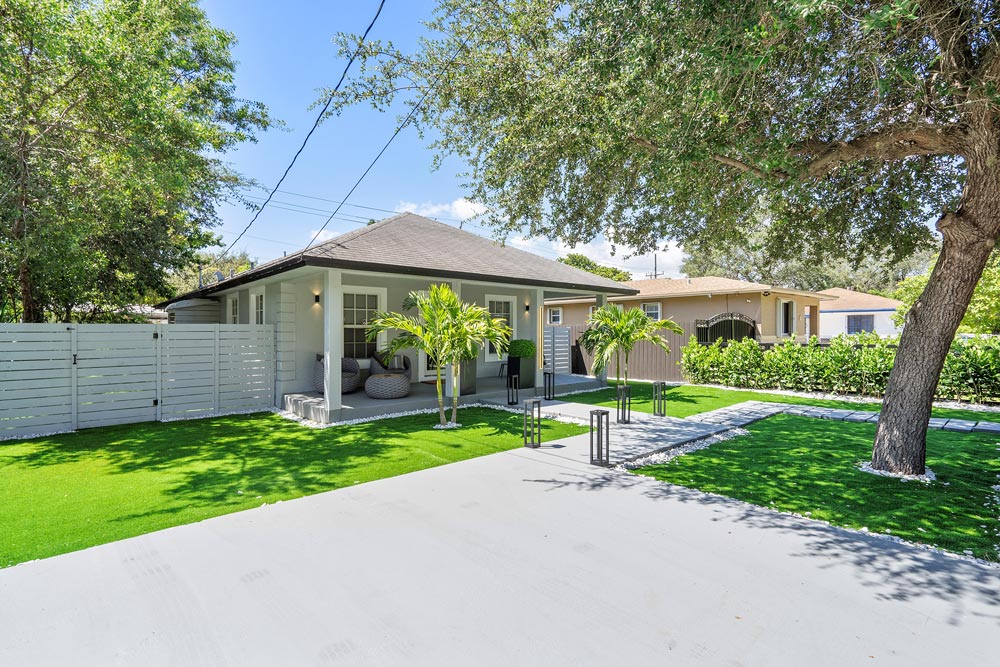
AFTER
270 NW 41st St, Miami, FL 33127
-
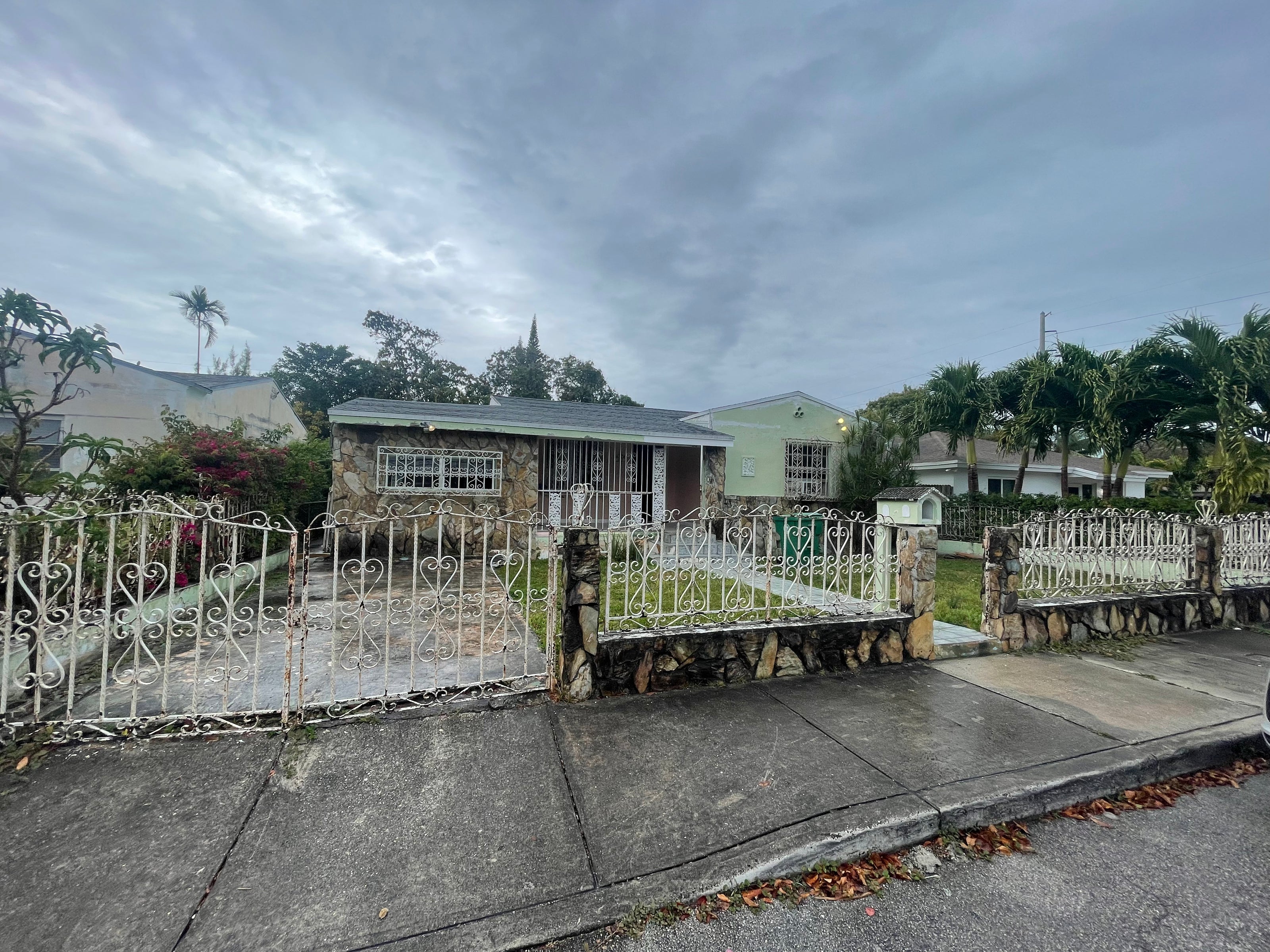
BEFORE
327 NW 45, Miami, FL
-
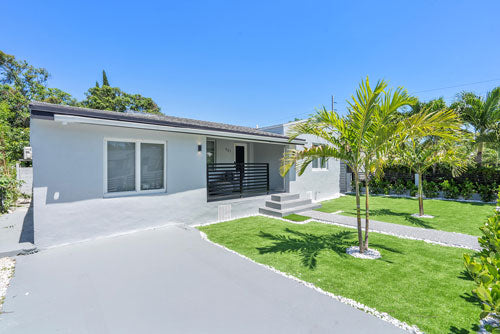
AFTER
327 NW 45, Miami, FL
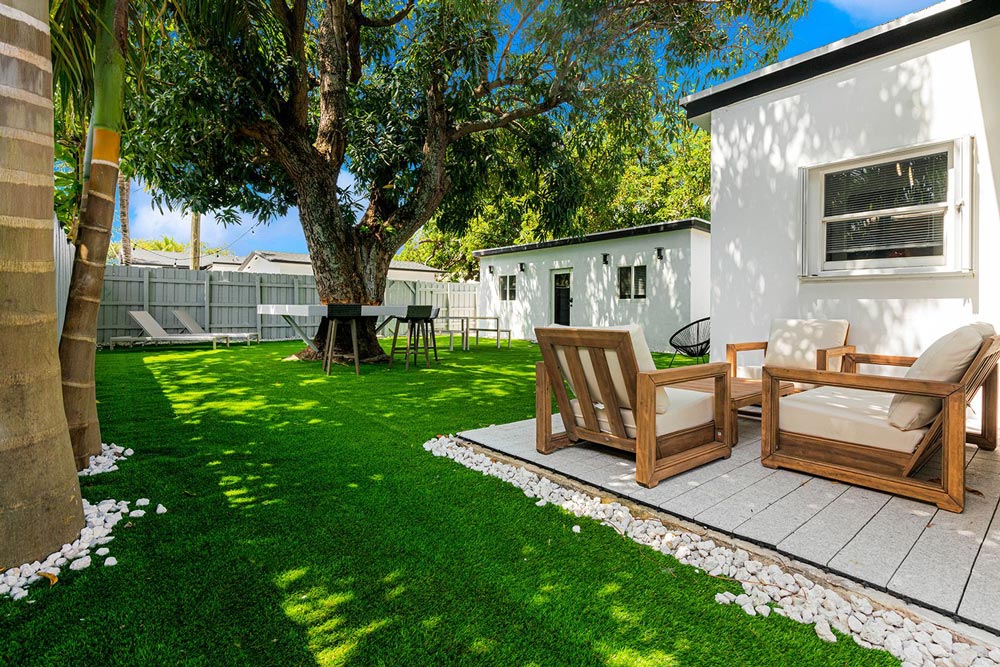
SAVE OVER $3000 YEARLY
ON LAWN MAINTENANCE !!
A Grass Engineered for Perfection
-
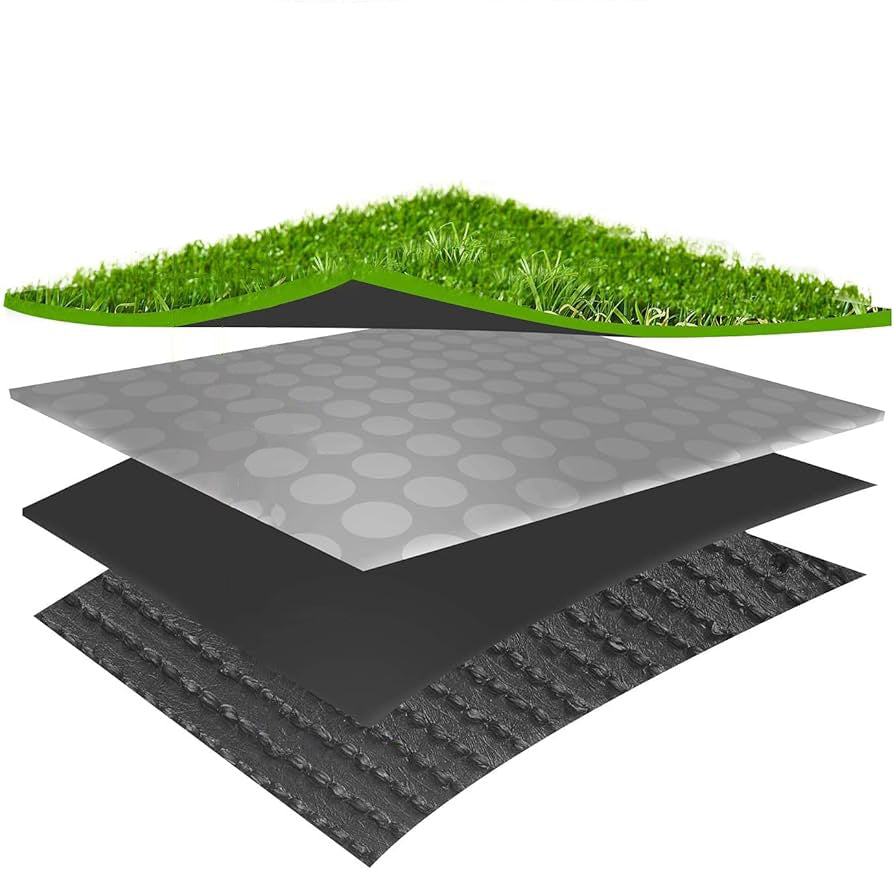
-
GRASS FIBER
Innovative Fiber
Magic's flagship grass feature the innovative Magic Fiber, beautiful, long-lasting, and meticulously tufted to mimic the appearance of lush, natural grass.
-
PADDING
Polygreen Play Absorbent
Polygreen Play's attenuation padding provides top-tier shock absorption for playgrounds and play areas, ensuring ultimate safety.
-
DRAIN TILE
Rapid-Drain
Our components enhance the drainage capability, ensuring water flows away quickly, making it an excellent choice for areas with heavy rainfall or applications where efficient drainage is crucial.

Expert Installation, Flawless Finish
Elevate Your Space with Our Professional Artificial Grass Services
Frequently Asked Questions
What is Magic Realistic Grass?
Magic Realistic Grass is a synthetic turf that closely mimics the appearance and feel of natural grass. This innovative solution has gained popularity among homeowners seeking a modern alternative to traditional lawns. It's crafted from synthetic materials like polyethylene or polypropylene, offering several advantages over natural grass. Notably, Magic Realistic Grass requires minimal maintenance as it doesn't need mowing, watering, or fertilizing, saving valuable time and resources. It retains its lush, green look year-round, regardless of the weather, making it a practical choice for those who desire a hassle-free yet realistic lawn.
How do you create the Magic Grass?
Our Magic Grass presents an excellent alternative to natural grass for creating a vibrant green lawn. This durable outdoor solution is known for its low maintenance and suitability for play areas. Here's a breakdown of how this remarkable artificial grass is manufactured:
- Material Selection
The process of crafting artificial turf commences with meticulous material selection. Typically, a sturdy base, constructed from woven or non-woven fabric, is chosen to ensure stability and resilience. Meanwhile, the grass blades replicate the appearance of natural grass using robust polyethylene or polypropylene, known for their resistance to wear and tear. - Tufting Technique
Following material selection, the tufting process is initiated. This step involves the careful insertion of grass blades into the fabric base using specialized machinery. These machines offer flexibility in creating various patterns and densities, allowing for customization to achieve the desired appearance and performance. The focus here is on delivering the perfect artificial lawn. - Coating and Backing
Upon completion of the tufting process, the artificial turf progresses to the coating and backing stage. A layer of latex or polyurethane is expertly applied to the turf's back to secure the grass blades and enhance its overall strength. This backing not only maintains the integrity of the turf but also reinforces its resistance against tears and fraying. - Kiln Drying and Cooling
After the coating and backing application, the artificial turf undergoes kiln drying and cooling. The kiln process effectively cures the latex or polyurethane, contributing significantly to the product's durability and longevity. - Infill Application
Once the drying and cooling steps are completed, the artificial turf may undergo an infill procedure. Infill materials such as sand or rubber granules are added to enhance stability and cushioning, thereby improving overall performance. Additionally, infill helps anchor the turf, ensuring it maintains its shape effectively. - Rigorous Quality Control
At this stage, our artificial turf undergoes a comprehensive quality control assessment. Each turf roll is meticulously examined to identify any defects or inconsistencies in the tufting, coating, or backing. Our primary objective is to deliver only the finest and highest-quality products to our valued customers. - Professional Installation
Following successful quality control checks, the artificial turf is ready for installation. Our skilled team takes precise measurements and tailors the turf to fit your designated area. Using adhesives or nails, we meticulously secure the turf to the ground. We understand that proper installation is crucial to achieving a seamless and long-lasting result.
Why should you prefer artificial turf or natural grass?
An increasing number of individuals are opting for artificial turf over natural grass, and the reasons are compelling. Synthetic turf offers a stable and aesthetically pleasing alternative, conserving water and reducing costs. Moreover, it offers a range of options in terms of variations and styles, allowing you to select the most suitable option for your specific needs.
How long does Magic Realistic Grass last?
The duration of our Magic Grass's lifespan depends on various factors. Key contributors to its longevity include its construction quality and the level of foot traffic it experiences. With proper care and maintenance, high-quality artificial turf can last anywhere from 15 to 25 years. It's essential to adhere to maintenance recommendations and the manufacturer's guidelines to preserve the turf's appearance over time. Regular brushing is crucial to prevent matting, and periodic cleaning helps remove debris and prevent bacterial growth. Addressing any damage or issues promptly is also important. Keep in mind that excessive use and heavy foot traffic can accelerate wear and tear. If you anticipate high usage or have specific requirements, it's advisable to consult with the turf manufacturer or installer to make informed decisions about your artificial turf's lifespan.
What type of maintenance do artificial grass need?
Artificial turf requires a different maintenance approach compared to natural grass lawns. You no longer have to worry about routine tasks such as mowing, watering, fertilizing, or managing pests. With artificial turf, you can bid farewell to those labor-intensive chores and relish a stunning, trouble-free lawn.
Nevertheless, it's important to note that even with artificial grass, some level of upkeep is necessary to keep it in pristine condition and ensure optimal performance.
What are the best ways to keep my grass in shape?
- Brushing
Regular brushing is crucial to maintaining the pristine condition of your artificial turf. It not only prevents matting but also keeps the grass blades upright. You can choose between a stiff bristle brush or a power broom for this task. Brushing not only preserves the turf's appearance but also evenly distributes the infill material, ensuring a fresh and attractive look. - Cleaning
Frequent cleaning is a key aspect of keeping your artificial turf in optimal shape. Simply clear away debris, such as leaves, twigs, and pet waste, using a leaf blower or a gentle hose spray. For more stubborn stains or odors, a mild detergent and water solution can be used. - Grooming
Over time, the infill material in artificial turf may become compacted and lose its bounce. A straightforward grooming routine ensures your turf retains its vitality. Raking or brushing the infill at least annually, or as needed, is all it takes. - Weed Control
While artificial turf is resistant to weeds, occasional growth along the edges or at the turf's border with other surfaces may occur. To maintain a weed-free lawn, perform regular inspections and promptly eliminate any weeds you come across. This can be done manually or with the help of a weed killer. Vigilance is key to the lasting beauty of your turf. - Repairs
Swiftly address any issues or damage to your artificial turf. This includes repairing tears or holes, replenishing worn-out infill material, and re-seaming loose seams. Timely maintenance of these issues is vital for prolonging the lifespan of your turf and keeping it in impeccable condition.
When it comes to artificial turf installation, entrusting the task to professionals like Vision Turf is a wise decision. We guarantee a proper installation that encompasses the right infill material and effective drainage. Our experienced team takes into account the unique features of your landscape, such as slopes or uneven surfaces. Relying on our expertise ensures a flawless outcome for your new turf.
Is there a difference between pet grass and landscape grass?
Certainly! While pet and landscape grass may appear similar, they serve distinct purposes. Pet grass is specifically designed to withstand the activities of your four-legged companions, offering durability and ease of maintenance tailored to their needs. Here are a few key distinctions:
- Drainage
Pet grass is an excellent choice for your backyard or dog run due to its superior drainage system, which rapidly eliminates pet urine and water. This feature effectively reduces odors and prevents the growth of bacteria. With pet turf, you can enjoy a clean and fresh outdoor space for your pets. - Odor Control
Pet grass often incorporates special additives to combat unpleasant odors by inhibiting the growth of odor-causing bacteria. This ensures that your turf remains clean and pleasant, even in areas where your pets frequently play. - Durability
Pet grass is crafted from robust materials designed to endure the energetic antics of your pets, including digging, scratching, and vigorous play. Its resilient construction ensures longevity, so it remains in excellent condition even with your furry friends frolicking about. - Cleaning
Both types of grass necessitate routine cleaning, but pet grass may require more frequent cleaning due to the presence of urine and waste. Selecting pet-friendly grass that is easy to clean and maintain is crucial, making it convenient to promptly and effectively tidy up after your pets.
When choosing grass for your landscaping, it's important to consider your specific requirements. For areas where pets will be present, opt for pet grass. It offers durability and longevity, perfectly suited for your furry companions. Seeking guidance from a professional installer is advisable to select the ideal grass and ensure a proper installation.
How does artificial grass cope with rain and effectively drain water?
Artificial grass is engineered for efficient water drainage. Its perforated backing swiftly channels water away, preventing puddles and surface buildup. With proper installation and a base layer of crushed stone or gravel, water flows away from the grass, maintaining its condition. Professional installers ensure the right slope and grading for optimal drainage. Addressing existing drainage issues in your landscape before installation ensures effective water flow. Artificial grass offers a practical, low-maintenance solution for outdoor areas, effectively handling water without hassle.
Is it possible for artificial grass to cause allergies?
Artificial grass is an allergy-friendly choice, especially for those prone to allergies. Unlike natural grass, it doesn't release pollen, a common allergen. Additionally, it doesn't harbor mold, another allergy trigger found in natural grass.
Opting for high-quality artificial grass made from safe materials is essential to minimize allergy risks. Proper maintenance, including regular cleaning and grooming, preserves the turf's excellent condition and reduces the likelihood of triggering allergies.
However, if anyone in your household has allergies or sensitivities, it's advisable to seek guidance from a healthcare professional before installing synthetic lawns. They can help you determine if it's a suitable solution for your specific situation.
In general, artificial grass is an allergy-friendly option, but individual sensitivities may vary. Choosing a high-quality product tailored to your needs is a smart way to mitigate allergy risks.
Does artificial grass help reduce the presence of insects and pests?
As the popularity of artificial grass grows among homeowners and businesses seeking year-round green lawns, a common question arises: does it effectively deter bugs and pests?
Insects are naturally attracted to natural grass due to its warm and damp environment, providing a cozy habitat and a food source from organic matter like leaves and debris. Artificial grass, made of synthetic materials, offers an unappealing environment and food source for insects, making it an effective pest deterrent.
Moreover, the installation of synthetic grass involves a compacted layer of gravel or sand, which makes it challenging for insects to establish nests. While artificial grass may not be entirely pest-proof, it significantly reduces their presence. Another benefit is its resistance to bugs, eliminating the need for pesticides and insecticides that natural grass often requires. Enjoy a bug-free lawn without the worry of harmful chemicals.
Does having an artificial grass enhances my property value?
Many homeowners and businesses are turning to artificial grass for its low-maintenance and evergreen appeal. A common question that arises is whether synthetic turf can enhance property value. Let's explore the relationship between artificial grass and property value to help you make informed decisions.
When it comes to property value, several vital factors come into play. Curb appeal is a top consideration. A well-maintained lawn can elevate your property's overall aesthetics, leaving a favorable impression on potential buyers or visitors.
Artificial grass flourishes even in challenging climates and demands minimal water, making it an ideal choice for water-scarce regions. Not only does it keep your yard consistently attractive, but it also contributes to the property's charm, attracting more buyers and increasing its overall value.
Consider the low-maintenance advantages of artificial grass. Unlike natural grass, you'll eliminate the need for watering, mowing, and the use of fertilizers and pesticides. This becomes a compelling selling point for potential buyers who appreciate hassle-free landscaping. Bid farewell to ongoing lawn care, saving both time and money, while simultaneously adding value to your property.
Is Magic Realistic Grass recyclable?
Yes absolutely! Recycling artificial grass is a sustainable practice, in line with the increasing focus on eco-friendliness in construction and landscaping. Many manufacturers have established recycling programs for artificial turf.
The recycling process involves separating the various components of artificial turf, like synthetic fibers and backing materials, for reuse or repurposing. For example, synthetic fibers can be used in creating new turf products or other synthetic materials. This approach reduces waste, keeps materials out of landfills, and promotes eco-friendly landscaping and construction practices.
Is synthetic grass a pet-friendly option for outdoor spaces?
Yes, our grass is generally safe for pets, but ensuring their well-being involves a few key considerations.
To begin, select high-quality artificial pet grass that is specifically designed for pets, prioritizing non-toxic materials. These turfs are not only durable but also resistant to odors and stains, creating a pet-friendly environment.
Proper maintenance and cleaning are essential to keeping your synthetic grass safe for pets. Occasional disinfection helps maintain a clean and safe space for your furry friends.
Designating a specific area for your pets to do their business is crucial. You can establish a separate zone or opt for pet-friendly artificial grass to efficiently manage pet waste, providing a clean and convenient solution for your beloved companions.
Does sunlight affect the temperature of artificial grass?
Artificial grass can become hot during the peak summer months, but advancements in technology and materials have allowed us to mitigate heat absorption and retention.
One effective approach is the use of heat-reflective materials. These materials have the ability to reflect the sun's rays, preventing temperature increases and creating a more comfortable outdoor environment.
The choice of infill material also plays a significant role. Some infill types, like rubber, can retain heat, making the turf hotter. However, alternatives such as sand or organic materials do not have this heat-retaining quality. So, even on sunny days, these infill options help maintain a cooler turf.
It's important to note that artificial grass is generally cooler than natural grass, which tends to retain more heat. If the grass does become warm, a simple watering can cool it down, providing a comfortable and improved surface.
Adding shade to your outdoor area is another effective way to keep artificial grass cooler. This can be achieved by strategically positioning trees or setting up shade structures like pergolas or umbrellas. Shade reduces the direct sunlight hitting the turf, thus minimizing heat absorption.
Additionally, opting for light-colored artificial grass can make a difference. Lighter shades reflect more sunlight and heat compared to darker ones. By selecting a lighter hue of synthetic turf, you can effectively lower the temperature of your outdoor space.
Is Magic Grass a cost-effective solution?
Magic grass requires a significant initial investment due to high-quality materials, labor costs, and additional features that can raise the price. However, it provides long-term cost savings.
Unlike natural grass, fake grass offers several advantages, including the elimination of expenses for watering, mowing, and fertilizing. This not only saves you money but also reduces water bills and minimizes maintenance costs.
Artificial grass also plays a crucial role in water conservation, making it a cost-effective choice, especially in regions with water scarcity. It doesn't require any watering, helping preserve both water and the environment.
Furthermore, artificial grass eliminates the need for herbicides and pesticides, which can be expensive and harmful to the environment. This cost-saving measure also contributes to environmental protection.
In summary, artificial grass proves to be a more economical choice than natural grass in the long run, offering savings on maintenance, water bills, and the use of chemicals.
What is the typical installation time for artificial grass?
The installation of artificial grass typically takes 1-2 days, depending on the project's size and complexity. Here's a breakdown of the process:
- Site Preparation (1-2 hours): Clearing the area of vegetation, rocks, and debris, and leveling and compacting the ground for a stable surface.
- Base Installation (4-6 hours): Laying a base layer of crushed stone or gravel to aid drainage.
- Weed Barrier and Edging Installation (2-4 hours): Placing a weed barrier fabric and installing edging material around the perimeter for weed prevention and turf stability.
- Artificial Grass Installation (4-8 hours): Unrolling and trimming the artificial grass, securing it in place, and ensuring seamless seams.
- Infill Material Application (2-4 hours): Evenly spreading infill material like sand or rubber granules for stability and cushioning.
- Final Cleanup and Inspection (1-2 hours): Ensuring a clean area, inspecting the turf for imperfections, and addressing any necessary touch-ups.
Can I install artificial grass on my own?
Installing artificial grass on your own can be enticing, but it requires specific skills and considerations. Here are some factors to ponder before embarking on a DIY artificial turf installation:
- Skillset: Proper artificial grass installation involves site preparation, base laying, turf securing, and infill placement. If you have experience with landscaping or DIY projects, you might attempt it. However, for newcomers, hiring a professional is a wise choice to ensure a smooth process.
- Specific Equipment: DIY installation demands certain tools such as grass cutters, compactors, and infill spreaders. These tools can be costly or require expertise to use effectively. If you lack access to them, professional assistance is advisable.
- Time and Effort: Installing artificial grass is a labor-intensive process, from site preparation to base laying and infill spreading. Each outdoor space is unique, potentially introducing complications. Professionals are well-equipped to handle these challenges efficiently.
- Warranty: DIY installations lack warranty coverage, leaving you with disappointment in case of failure. Professionals typically offer warranties that you can claim if issues arise.
In summary, the allure of DIY artificial grass installation is understandable. However, it's essential to assess your skills, available resources, and time before proceeding. Opting for a professional installer ensures a high-quality, long-lasting outcome. If you're unsure about your capabilities, seeking guidance from an expert is a prudent step.
Can I have a swimming pool near your Magic Grass?
Certainly! Magic Grass is an excellent choice for pool areas and has become a popular option for several reasons.
One of its key advantages is its exceptional resistance to moisture and water. Unlike natural grass, fake grass can withstand water, ensuring durability around poolside areas. It remains mud-free and eliminates puddles, providing a clean and dry surface for relaxation and activities.
Artificial grass is not only durable but also comfortable to walk on. It offers a pleasant surface for barefoot strolls around the pool and reduces the risk of slips and falls due to its reliable non-slip properties.
Low maintenance is another noteworthy benefit of artificial turf. You can say goodbye to the tasks of watering, mowing, and fertilizing that natural grass requires, saving you time, effort, and pool maintenance expenses.
Artificial turf enhances the aesthetics of your pool area by staying lush and green year-round, without the need for water or sunlight. You can customize it to perfectly fit your pool area, creating an attractive and seamless space.
Furthermore, artificial turf is a hygienic choice for pool areas. Unlike natural grass, it doesn't attract pests, allergens, or bacteria, ensuring a cleaner and safer environment for your family to enjoy.
Does artificial grass turn brown over time?
No need to fret about artificial grass fading over time. Unlike natural grass, which can wither and turn brown in hot, dry conditions, artificial turf is designed to stand up to the sun. It's crafted from special UV-resistant materials that maintain its vibrant green appearance, even after years of use. So, you can relish a lush, green lawn year-round without concerns about fading or color loss.
How does synthetic grass hold up in extreme weather?
Synthetic grass is an outstanding choice for your outdoor space, offering durability and reliability in various weather conditions, including extreme heat, cold, and heavy rainfall. It maintains both its functionality and aesthetic appeal, making it a dependable option no matter where you reside.
In the summer, artificial grass is specifically engineered to withstand high temperatures without melting. Additionally, it is designed to minimize heat absorption, ensuring a comfortable surface to walk on or relax, even on scorching days.
During colder weather, artificial turf remains resilient, resistant to freezing and frost, avoiding brittleness or breakage due to low temperatures. Its quality allows you to enjoy its benefits year-round.
When heavy rainfall occurs, artificial turf excels at efficient water drainage thanks to its permeability. This prevents pooling or flooding, ensuring your outdoor space remains usable and safe, even during periods of rain.
Is it possible to install artificial grass over concrete surfaces?
You can indeed install artificial grass over concrete, but successful installation requires careful consideration of several factors:
- Surface Preparation: Before starting the installation process, it's essential to prepare the concrete surface. Remove any debris, dirt, or loose materials by sweeping or using a pressure wash. This step ensures that you have a clean and smooth canvas to work on.
- Base Material: After cleaning the surface, evenly spread a layer of stone and base material on the concrete. This step levels the surface, ensuring proper drainage.
- Artificial Grass Installation: Once the base material is in place, lay out the artificial grass and securely attach it to the concrete using adhesive or turf nails. Pay close attention to trimming and aligning the edges for a flawless and professional installation.
- Drainage Consideration: When installing artificial turf over concrete, it's crucial to consider drainage to prevent water pooling on the surface. Choose synthetic grass with a permeable backing and apply a layer of infill material, such as sand or rubber granules, to ensure proper water drainage.
By following these steps and considering these factors, you can achieve a successful installation of artificial turf over a concrete surface.
Is Magic Grass effective for sports fields?
Yes, synthetic grass is highly effective for sports fields and has become a popular choice for a variety of sports and recreational activities. Here are several reasons why synthetic grass is a great option for sports fields:
- Durability: Synthetic grass is designed to withstand heavy use and high-impact sports. It can handle the wear and tear of practices and games without becoming damaged or worn down.
- Consistency: Synthetic grassprovides a consistent playing surface, ensuring that athletes can predict how the ball will bounce and how they will move on the field. This consistency is essential for various sports, including soccer, football, and field hockey.
- All-Weather Play: Synthetic grasscan be used in various weather conditions, from rainy days to extreme heat. It drains water efficiently, allowing games to continue even after heavy rainfall.
- Low Maintenance: Synthetic grass requires minimal maintenance compared to natural grass fields. There is no need for mowing, watering, or fertilizing, which reduces ongoing maintenance costs.
- Versatility: Synthetic grass can accommodate multiple sports and recreational activities, making it a flexible choice for multi-use fields.
- Safety: Many synthetic grass systems are designed with safety in mind. They offer cushioning and shock absorption, reducing the risk of injuries during play.
- Longevity: High-quality synthetic grass can last for many years, providing a long-term solution for sports fields.
Overall, synthetic grass is an effective and reliable choice for sports fields, offering durability, consistency, and versatility for a wide range of sports and activities.
